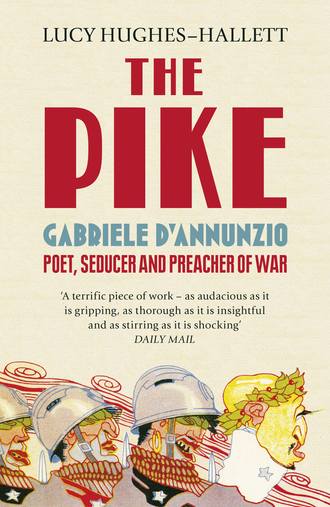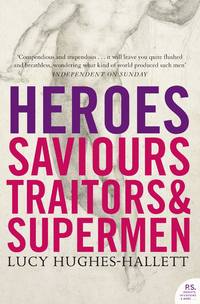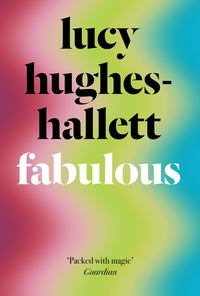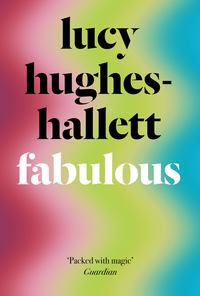The Pike: Gabriele d’Annunzio, Poet, Seducer and Preacher of War

Полная версия
The Pike: Gabriele d’Annunzio, Poet, Seducer and Preacher of War
Язык: Английский
Год издания: 2018
Добавлена:
Настройки чтения
Размер шрифта
Высота строк
Поля
Конец ознакомительного фрагмента
Купить и скачать всю книгу





